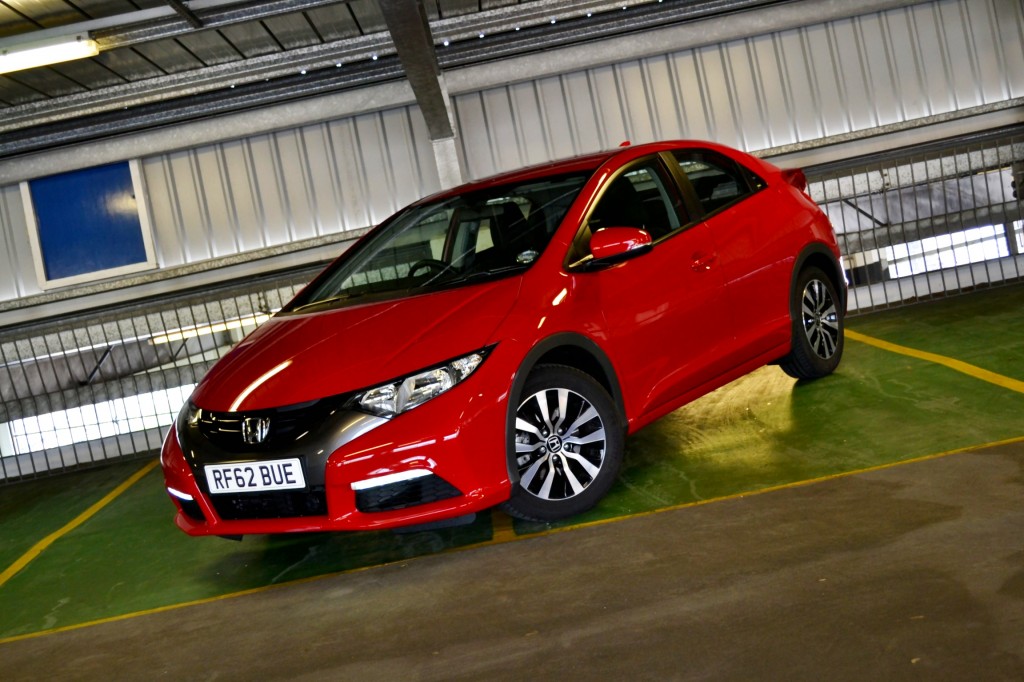For more than 13 years, London has collected a stiff charge from motor vehicles entering the congested core of the city during weekday business hours.
Known as the congestion charge, the fee of £11.50 a day, or $14.50 (£10 with automatic payment, or $12.50) is levied from 6 am to 7 pm Monday through Friday except holidays.
First intended to reduce congestion and let buses and delivery vehicles move faster, the charge has now evolved into a way for the city to improve its air quality as well.
DON'T MISS: Paris weekday ban on pre-1997 cars takes effect, historic cars excepted
Starting in two years, the city will add a new "T-Charge" to be levied only on gasoline vehicles that do not meet at least the Euro 4 emission standards that took effect in 2005. Diesel cars that do not meet Euro 6 standards, which began in 2016, will be charged.
NOTE: An earlier version of this article published on February 23, 2017, said the charge would start this October. We have updated it with later information to reflect a start date of April 8, 2019.
Given the record air pollution and choking smog that enveloped London in mid-February, the new measure is expected to meet with general public approval.

BMW diesels used to support the 2012 London Olympic Games
But as The New York Times points out in its coverage of the smog, London's recent emission problems were self-inflicted by three decades of government support for diesel vehicles.
The Great Smog that descended on London in December 1952 is now estimated to have killed as many as 12,000 people, higher than the 4,000 to 5,000 cited at the time.
That traumatic event in a capital still attempting to recover from the ravages of World War II led to the Clean Air Act of 1956.
READ THIS: Mayors of 4 capital cities to ban all diesel vehicles by 2025
Burning coal to heat buildings was banned entirely, starting in 1964, and the improvement in air quality was swift and noticeable—underscored by the emergence of delicate and colorful Victorian architecture that had been hidden beneath black grime for as much as a century.
During the 1980s, in a response to the energy crises of the previous decades, the U.K. and Europe began to put into place policies that incentivized the purchase of diesel-powered vehicles not just by businesses but by retail buyers as well.
Five years ago, fully half of the new vehicles sold across the countries of the European Union were powered by small turbodiesel engines.

Honda Civic 1.6 i-DTEC diesel (European version)
The numbers varied greatly by country, but those diesels—often designed by German engineers and with parts from German suppliers—proliferated throughout the region.
Regrettably, emission rules didn't keep pace.
It wasn't until 2009 that Euro 5 standards that limited most emissions of soot and particulate matter came into force.
CHECK OUT: Hybrids lose London privileges two weeks from today: here's why (Jun 2016)
By then, U.S. emission standards had already taken effect in January 2008 that racheted down the limits much further—effectively requiring the use of selective catalytic reduction systems, or urea injection, to get any diesel vehicle to meet the standards.
Volkswagen's desire not to use that system, for reasons of both cost and corporate pride (it has been developed by Daimler), led it to use "defeat device" software in more than half a million diesel vehicles sold in the U.S. from 2009 through 2016.
That scandal has cost the company more than $20 billion thus far, and is far from over.

2004 Toyota Avensis Clean Diesel concept, Paris Auto Show
Meanwhile, European standards that equal the U.S. limits from 2008 have only gone into effect as of January 1 this year.
Now that the EU can fine European cities for violating air-quality limits, those cities have a strong incentive to ban the oldest, dirtiest cars. Athens, Madrid, Mexico City, and Paris plan to ban all diesel cars and trucks by 2025.
And London's sharp increase in fees on the roughly 10,000 older diesels that enter the city per day may stand as the city's attempt to cope with the law of unexpected consequences for decisions made three decades ago.
_______________________________________













